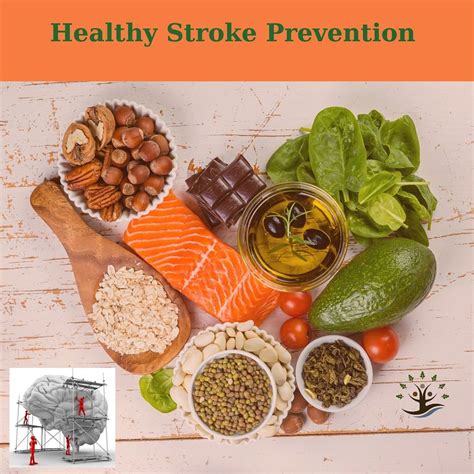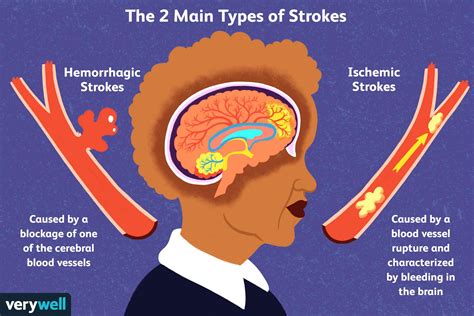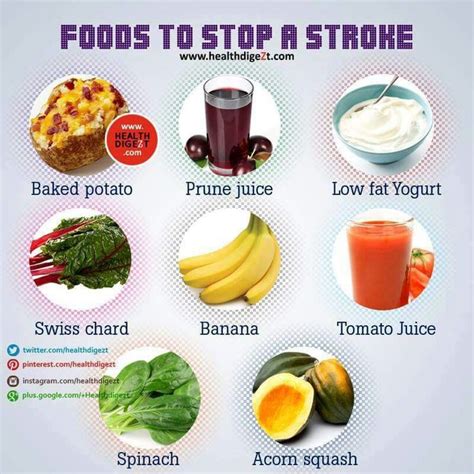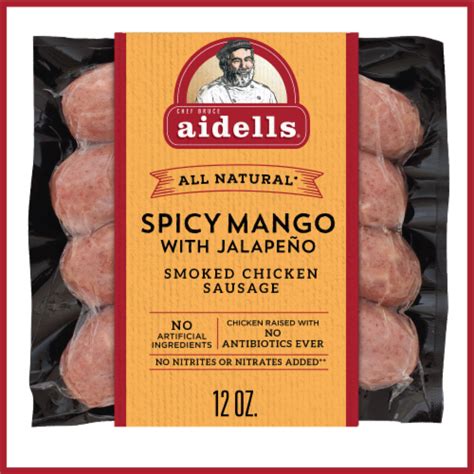Eating for Stroke Preventio
Strokes are one of the leading causes of death and disability in the world. They are the most common cause of seizures in the elderly, […]

Strokes are one of the leading causes of death and disability in the world. They are the most common cause of seizures in the elderly, the second most common cause of dementia, and a frequent cause of major depression. In short, stroke is a burdensome—but preventable––brain disorder.
What Causes a Stroke?
Strokes can kill instantly and without warning. Most can be thought of as “brain attacks”—like heart attacks, but with the rupturing plaques in our arteries cutting off blood flow to parts of the brain rather than parts of the heart.
Nearly 90 percent of strokes are ischemic, from the Latin ischaemia, meaning “stopping blood.” Blood flow to part of the brain gets cut off, depriving it of oxygen and killing off the part fed by the clogged artery. A small minority of strokes are hemorrhagic, caused by bleeding into the brain when a blood vessel bursts. People who experience a brief stroke may only contend with arm or leg weakness, while those who suffer a major stroke may develop paralysis, lose the ability to speak, or die.
The blood clot may last only a moment—not long enough to notice but still long enough to kill off a tiny portion of our brain. These “silent strokes” can multiply and slowly reduce cognitive function until dementia fully develops.
How to Prevent a Stroke
According to the Global Burden of Disease Study, the largest study of risk factors for human disease in history, funded in part by the Bill and Melinda Gates Foundation, more than 90 percent of the stroke burden is attributable to modifiable risk factors. For example, about 10 percent of all healthy years of life lost due to stroke may be due to ambient air pollution. Moving away from a city to a more rural area with cleaner air is an option to modify that risk factor, but it may be easier to quit smoking, which accounts for 18 percent of the stroke death and disability. As I discuss in my video What to Eat for Stroke Prevention, diets high in salt are as bad as smoking when it comes to stroke burden, but not as harmful as inadequate fruit and vegetable consumption. Other factors, like sedentary lifestyles, are at play, but they aren’t as bad as not eating enough whole grains, for instance.
As with heart disease, a plant-based diet can reduce stroke risk by reducing cholesterol and blood pressure, while improving blood flow and antioxidant capacity. Most of the studies on plant-based dietary patterns have found a protective effect against stroke, whereas those looking at Westernized eating habits based more on animal foods, added sugars, and fats have found a detrimental effect.
Yes, wrote the director of the Stroke Prevention & Atherosclerosis Research Centre, “learning to make vegetarian meals every other day is a tall order for most North Americans, but is feasible given tasty recipes and a positive attitude.”
What Foods Prevent a Stroke?
Fruit and vegetable consumption is associated with lower risk of about a dozen different diseases, including stroke. There appears to be a linear dose-response relationship, a straight-line association between eating more fruits and vegetables and lowering stroke risk. Researchers have suggested that the risk of stroke decreases by 32 percent for every 200-gram increase in fruit consumption, which is about one apple a day, and by 11 percent for each equivalent amount of vegetables eaten. Particularly potent are citrus fruits, apples, pears, and dark green leafy veggies, including one you can drink: the green leaves of green tea. Drinking three cups of green tea a day is associated with an 18 percent lower stroke risk.
Garlic was tested head-to-head against a sugar pill and beat out placebo for preventing CIMT progression, the thickening of the major artery walls in the neck going up to the brain, a key predictor of stroke risk. For those in the placebo group, it continued to worsen, but not so for study participants in the garlic group who had been taking just a quarter teaspoon of garlic powder a day, which costs about a penny.
What about nuts? The original PREDIMED study found that an ounce a day of nuts, which is what I recommend in my Daily Dozen, helped to cut stroke risk nearly in half. When it was republished (after correcting for some irregularities in their randomization procedures), the reanalysis found the same results—the same 46 percent fall in stroke risk in the added nuts group, dropping the ten-year risk of stroke from about 6 percent down to 3 percent.
High fiber intake may also help ward off stroke. Fiber is naturally concentrated in only one place: whole plant foods. Processed foods have less, and animal-derived foods have no fiber at all. Increasing fiber intake by just seven grams a day may be associated with a 7 percent reduction in stroke risk.
Though stroke is considered an older person’s disease, risk factors may begin accumulating in childhood. Hundreds of kids were followed for 24 years, from junior high school to adulthood, and low fiber intake early on was associated with stiffening of the arteries leading up to the brain—a key risk factor.
Foods to Avoid to Prevent a Stroke
As I discuss in my video What Not to Eat for Stroke Prevention, when it comes to stroke risk, the worst foods appear to be meat and soda. Eating two sausage links for breakfast, a burger for lunch, and a pork chop for dinner and drinking a 20-ounce bottle of soda may increase stroke risk by 60 percent. Reviewers suggest the meat effect may be its saturated fat, cholesterol, iron-mediated oxidized fat, salt, or the TMAO. The carnitine in meat and the choline in dairy, seafood, and especially eggs are converted by our gut bacteria into trimethylamine, which is oxidized by our liver into TMAO, which may then contribute to heart attacks, stroke, and death.
A 2019 study published in the Journal of the American Medical Association following tens of thousands of Americans for a median of about 17 years up to a maximum of 31 years found that “higher consumption of dietary cholesterol or eggs was significantly associated with higher risk of incident CVD [cardiovascular disease] and all-cause mortality, in a dose-response manner.” Those who ate more eggs or consumed more cholesterol in general appeared to live significantly shorter lives, on average, and the more eggs eaten, the worse it was, including for stroke risk.
And dairy? The bottom line is that dairy fat may be better than other animal fats, such as those found in meat, but something like whole grains would be better still. But you wouldn’t be doing yourself many favors if you simply swapped out dairy in favor of refined grains or added sugar. When it comes to stroke risk, vegetable fat is better than dairy fat, meat fat is the worst, whole grains are better, and fish fat, added sugars, or refined grains are statistically about the same.
Food for Thought
The good news is that stroke risk can be reduced substantially by an active lifestyle, cessation of smoking, and a healthy diet. All we have to do now is educate and convince people about the benefits that can be expected from healthy lifestyle and nutrition.

 mainadmin
mainadmin 












